They say it’s the little things that count. When it comes to patient’s perception of a doctor’s office, the little things can have a big impact on the patient experience. Understanding how patients evaluate a practice is essential in identifying cost-effective, easy ways to improve the patient experience.
What are proxy measures?
Patients often use “proxy measures” to evaluate a practice. A proxy measure is something easily understandable and accessible that a person uses to evaluate other criteria that are not readily accessible or measurable.
For example, a customer might assume a restaurant has a dirty kitchen if their tables are sticky. A person flying in an airplane might think an aircraft’s mechanical system is not properly maintained if the seats inside look worn or threadbare. Even though a customer does not have direct access to a kitchen at a restaurant or any insight as to how an aircraft is maintained, he or she may draw inferences based on smaller, more accessible indicators—proxy measures.
How proxy measures can enhance the patient experience
Proxy measures especially apply to physicians and their practices. Patients are usually not privy to the inner workings of a clinic and do not use the same quantifiable measures to evaluate a practice as do doctors. While it may frustrate highly skilled doctors to know that the reading material in his or her lobby might hold more weight with patients in their decision to return than his or her board certification, it is essential to understand that patients use proxy measures when it comes to evaluating a practice.
Improving these markers is nexpensive and highly effective. Using proxy measures to your advantage can greatly improve patients’ perception of a practice:
1. Carefully maintain every item a patient touches
Are the chairs in the lobby comfortable? Check to make sure every piece of furniture is in good repair—no wobbly or uneven legs. Make sure the examination table looks well-maintained, clean and like new. Check for loose threads in the stitching and consider investing in new cushions if they look worn.
2. Make sure everything looks clean.
Most clinics attempt to keep everything in their office sanitized. However, over time, floors, for example, can become stained—even if they are clean and sanitized. Replace anything that doesn’t appear new or “clean.” Remember that if a patient thinks something looks dirty—even if it isn’t—they may apply those assumptions to other aspects of the practice.
3. Replace dressing gowns.
If patients have to disrobe on a regular basis in your practice, gynecologists or dermatologists, for example, invest in dressing gowns with soft, comfortable fabric. If patients must also remove their shoes, consider providing disposable slippers.
4. Keep reading material current.
In an ideal world, patients would never need to wait and would be seen immediately, negating the need for reading material altogether. Provide up-to-date, i.e., published in the last couple months, reading material and throw out any magazine that looks shabby or is more than three months old.
These minor adjustments can have a big effect on how a patient perceives your practice. When a doctor is focused on providing medical expertise, sometimes the things that seem like minor details can be overlooked. Improving the proxy measures by which a patient judges a practice, however, can be an inexpensive and effective way to improve your marketing effort.






















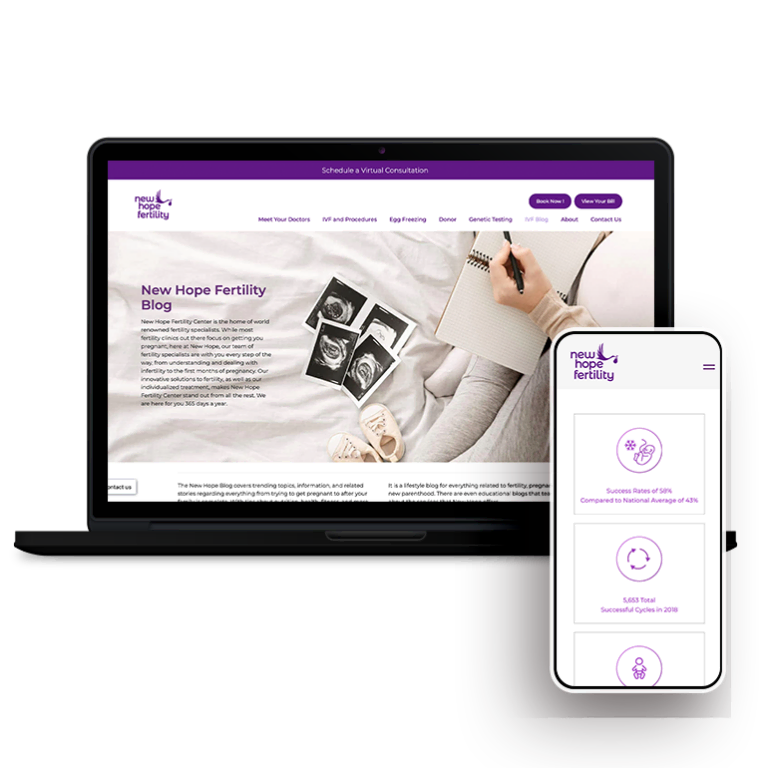


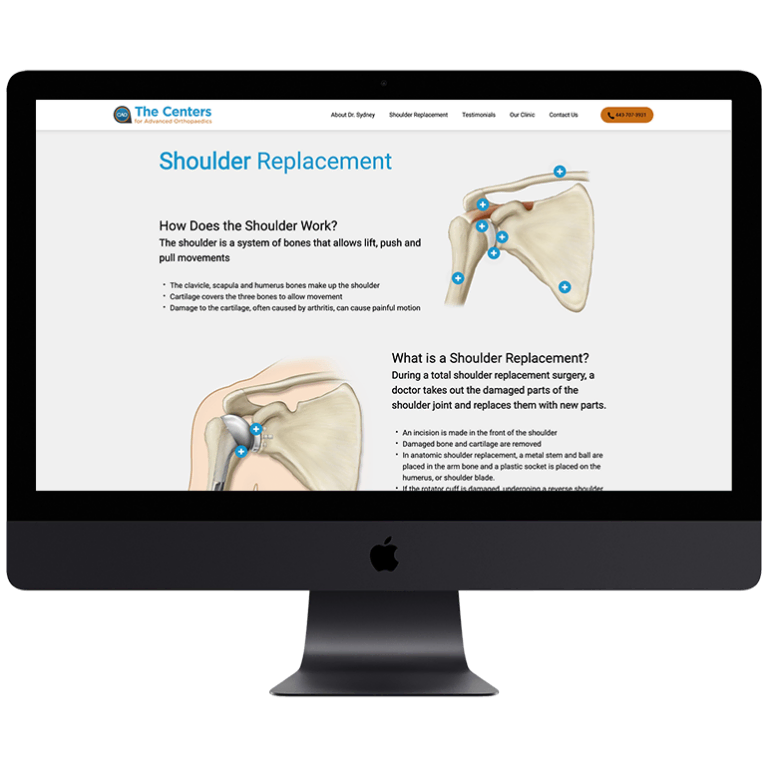










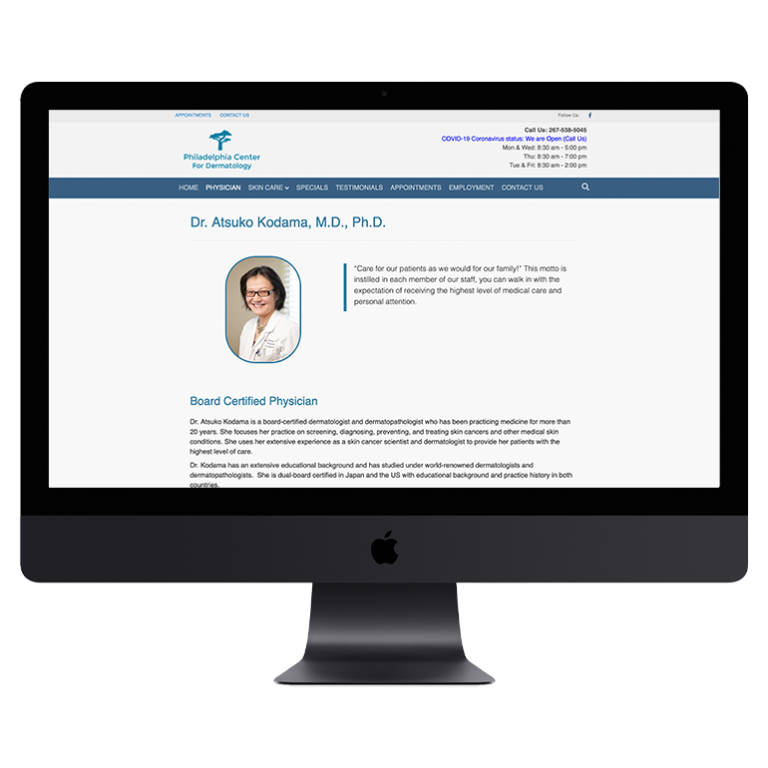











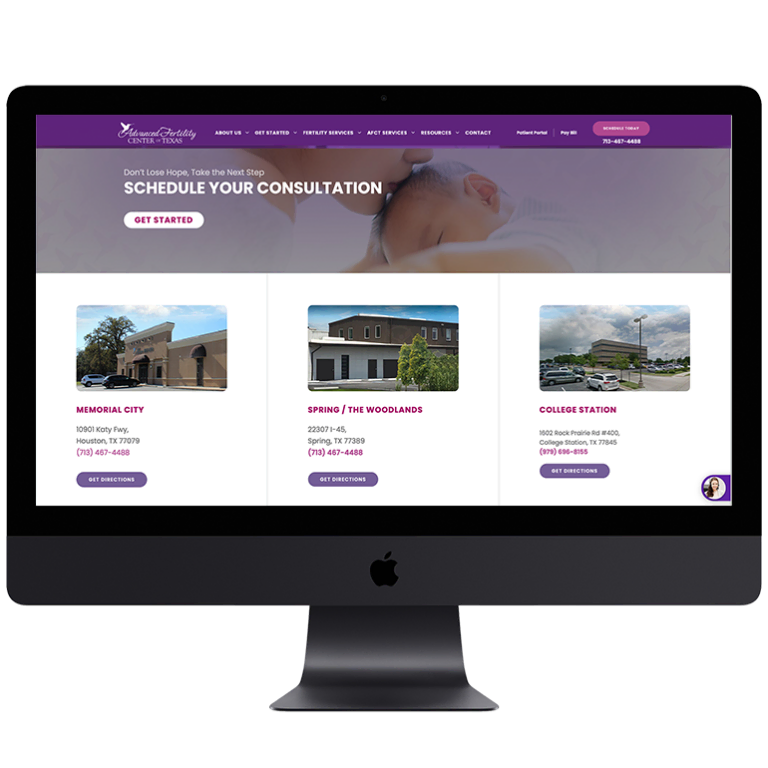
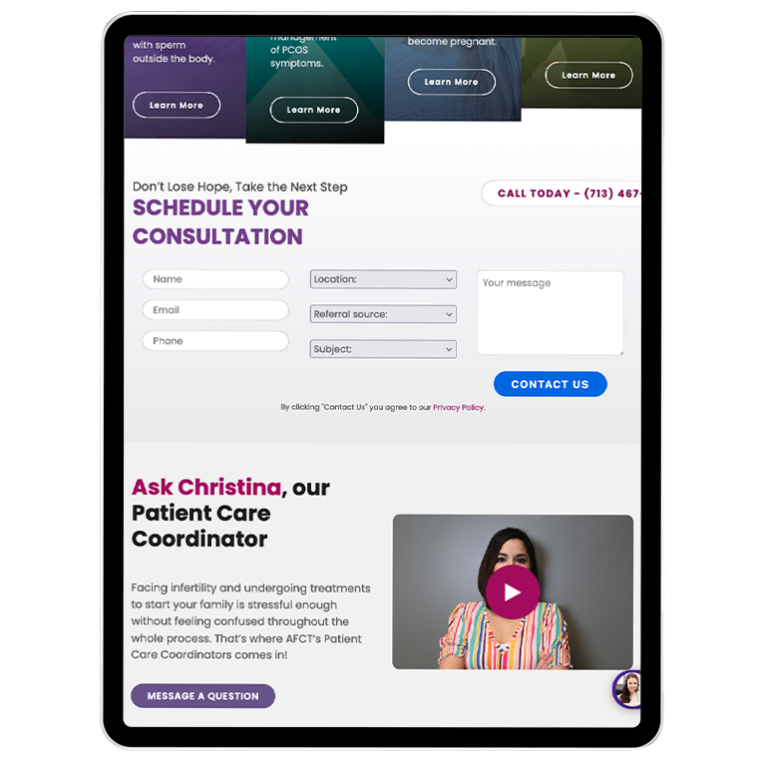




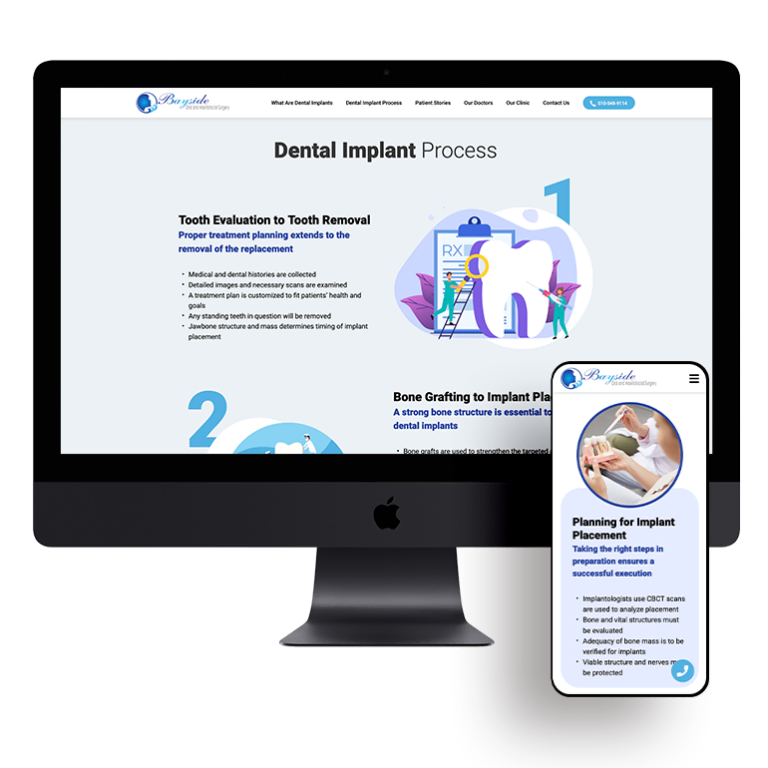







 Smart Design Creates New Patient Opportunities
Smart Design Creates New Patient Opportunities